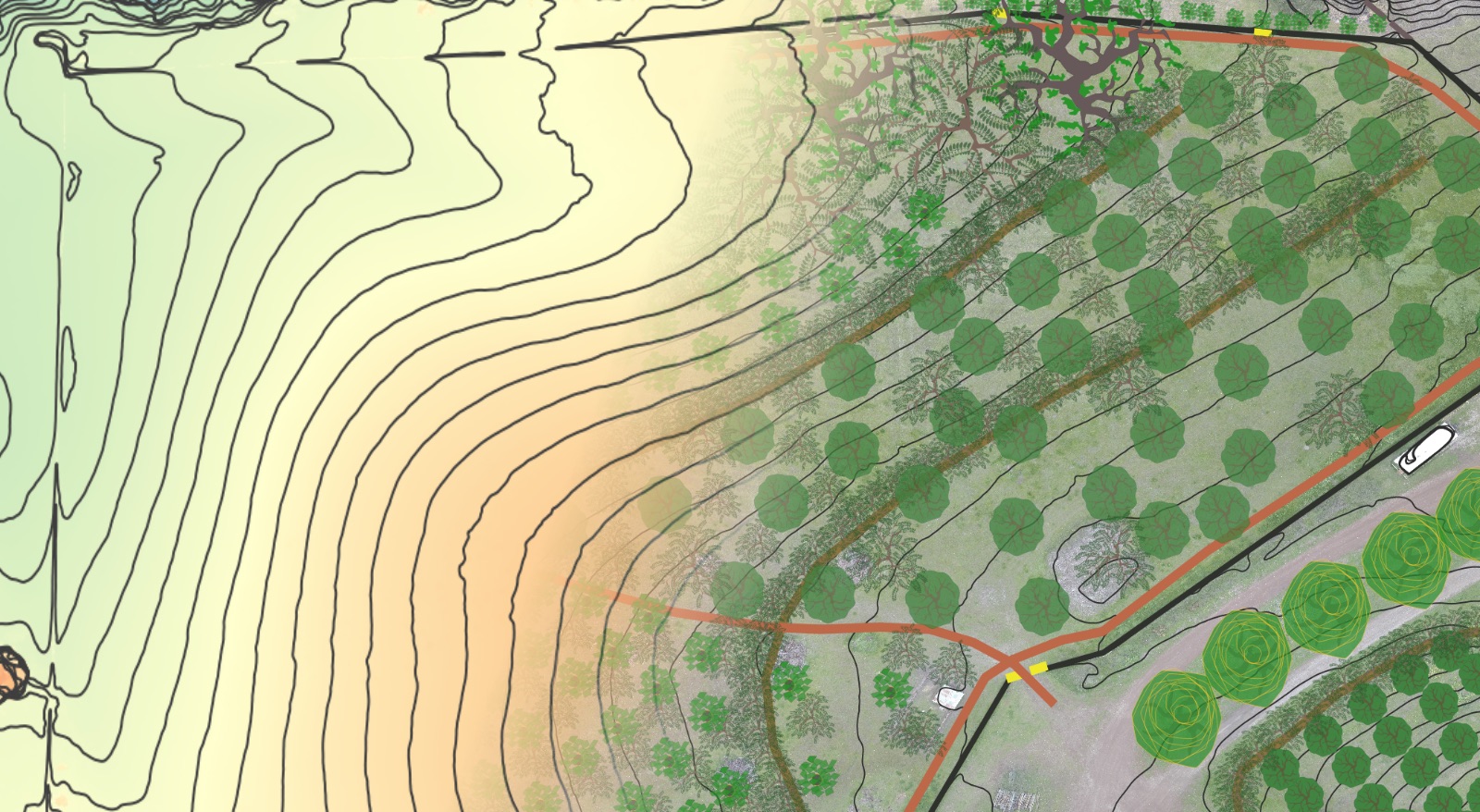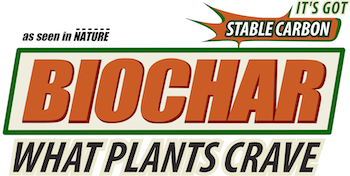Join me this week as we look at the basic types of water storage elements used in designing a functional broadacre water system.
Nearly all broadacre water systems include some form of water storage, either as groundwater (aquifer storage), retained soil moisture (accessible by living plant roots), or bulk water (ponds, lakes, tanks, cisterns). Water storage elements function to:
- cover peaks in demand (production from the water source cannot meet peak demand)
- smooth out variations in supply (seasonal changes in availability and ease of obtaining water)
- provide water security in case of supply interruption or disaster (supply buffers)
- save structures from wild fire
- meet legal requirements (firefighting, fire suppression sprinklers etc.)
- improve water quality (clarification, filtration, settling etc.)
- provide thermal storage and freeze protection (thermal mass of water modifies local microclimate)
- enable a smaller pipe to serve for a distant source (cost savings on water infrastructure)
In this show, we’re going to talk about the four main types of water storage elements that you might encounter while optimizing your homestead hydrology!
- Soil Storage – we always start here – soil storage is the cheapest form of storage, especially if you’re trying to grow something.
- Ponds & Dams
- Tanks & Cisterns
- Aquifer Storage
Getting started designing your homestead?
START HERE: Enroll in the Minimum Holistic Goal Creation Mini-Course today for free. This is the ONE THING that will make everything else easier or unnecessary on your homesteading journey! 100% Free
Upon completing this course you will have a crystal clear idea of who and what resources you have to work with, your desired Quality of Life that your homestead has to provide for, and what you will need to produce and the conditions required to sustain that production to meet your Quality of Life needs.
Music by Alex Grohl




